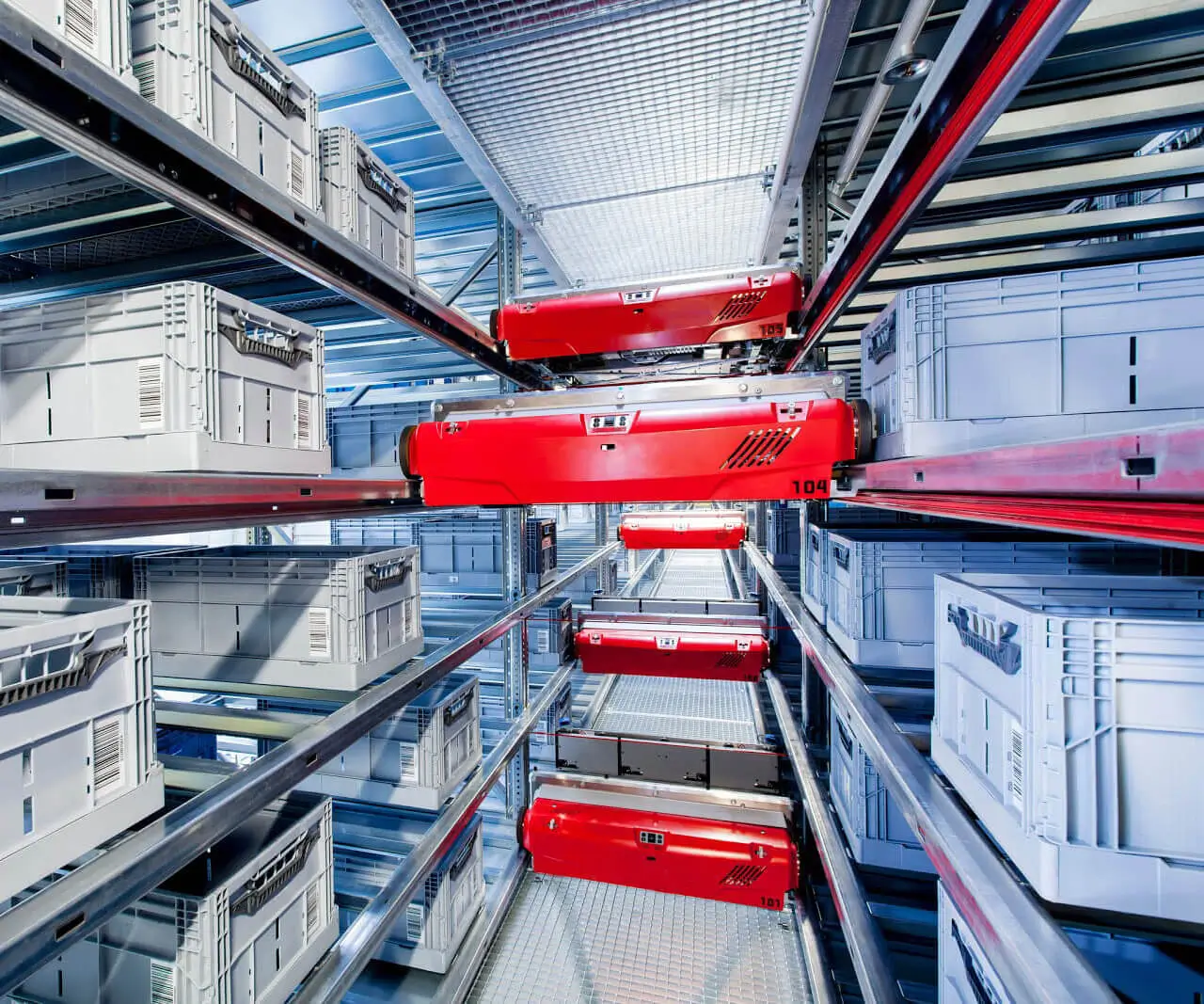Sure! Here’s a lively, engaging, and SEO-friendly piece about microservice architecture, written in a conversational tone without the constraints you mentioned. Let’s dive in!

Imagine trying to build a huge Lego castle. You’ve got all these pieces, but instead of attaching them haphazardly, you design the castle in separate sections — towers, walls, gates. Each part can be built, tweaked, and replaced independently. That’s kind of what microservice architecture feels like in the world of software development.
Microservices are like tiny, self-contained businesses within a bigger operation. Each one handles a specific task — think of a payment process, a user profile, or product catalog, each running its own way. They talk to each other through clear, well-defined channels, usually over the internet. The beauty? You can update or scale one piece without crumbling the whole system. Just like swapping out a tower Lego piece without demolishing the entire castle.
This approach is wildly popular because it fits the modern demands of flexibility and speed. Companies can roll out updates faster because they don’t have to tear apart the entire system. Say you want to add a new payment method — in a monolithic setup, that’s a huge overhaul. But with microservices, it’s like adding a new Lego block; plug and play. No fuss, no mess.
Now, some might ask, “But doesn’t this make things complicated? More moving parts sounds risky.” True, managing many microservices isn’t without challenges — you need good communication infrastructure, clear boundaries, and proper oversight. But when done right, it turns the system into a well-oiled machine, ready to adapt on the fly.
Think of big players like Netflix or Amazon. They’ve thrown away the old one-piece software in favor of microservices. Why? Because their business demands rapid innovation and scaling. Imagine their app suddenly adding new features — they don’t need a full shutdown. They just deploy a new microservice, and voilà, new functionality is live.
What about security? With more pieces in play, isn’t there a bigger attack surface? Yes, but if each microservice is properly isolated and secured, risks become manageable. Plus, troubleshooting issues becomes more straightforward — you pinpoint a problem and fix it without hunting through the entire system.
So, how do you know if microservice architecture is right? If your system needs frequent updates, grows rapidly, or requires flexible scaling, it’s a powerful choice. But keep in mind, it’s not a magic wand. You need dedicated tools to orchestrate all these moving parts smoothly — think Kubernetes or Docker. It's like having a talented conductor to keep the symphony in harmony.
You might wonder, “Can my current setup support a move to microservices?” The answer depends. Sometimes, it’s a gradual shift, splitting off sections bit by bit. Other times, starting fresh is cleaner. Whatever you choose, the focus is on creating a system that adapts, scales, and evolves as your needs change.
In the end, microservice architecture is about breaking down complexity to make life easier, faster, and more flexible. Think of it as turning your big, unwieldy software beast into a sleek, modular beast that you can grow and tweak with ease. That’s what right-sized, smart architecture should do.
Established in 2005, Kpower has been dedicated to a professional compact motion unit manufacturer, headquartered in Dongguan, Guangdong Province, China. Leveraging innovations in modular drive technology, Kpower integrates high-performance motors, precision reducers, and multi-protocol control systems to provide efficient and customized smart drive system solutions. Kpower has delivered professional drive system solutions to over 500 enterprise clients globally with products covering various fields such as Smart Home Systems, Automatic Electronics, Robotics, Precision Agriculture, Drones, and Industrial Automation.




































